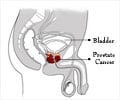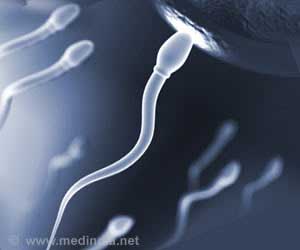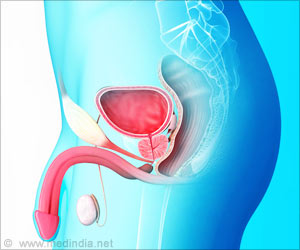
This equates to 106 new cases per 100,000, according to the Office for National Statistics.
That is down slightly from 2009, when 110 new cases per 100,000 men were recorded, but it is still the second highest rate in more than 40 years.
In 2010, 75 percent of the new cases were in men aged 65 and over, with the largest number in the 70 to 74 age bracket.
Sir Roger Moore, at the age of 65 in 1993, faced one of his worst fears when he discovered he had the disease. The movie actor, now 85, made a full recovery.
Prostate cancer is the second most common cause of male cancer deaths after lung cancer, causing 13 percent of fatalities.
Advertisement
Death rates had been increasing steadily until then from 1971.
Advertisement
Of those diagnosed between 2006 and 2011, 80 percent survived for five years compared to 75 percent of those diagnosed between 1999 and 2004.
Unlike most forms of cancer, younger patients are more likely to die from prostate cancer.
Men aged 15 to 48 have a 90 per cent chance of survival while those 50 to 69 have a 92 per cent chance.
Source-ANI

![Prostate Specific Antigen [PSA] & Prostate Cancer Diagnosis Prostate Specific Antigen [PSA] & Prostate Cancer Diagnosis](https://www.medindia.net/images/common/patientinfo/120_100/prostate-specific-antigen.jpg)












